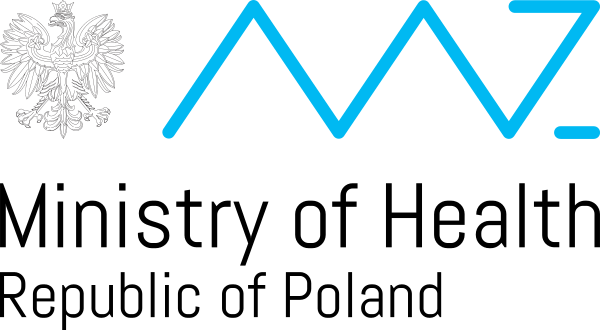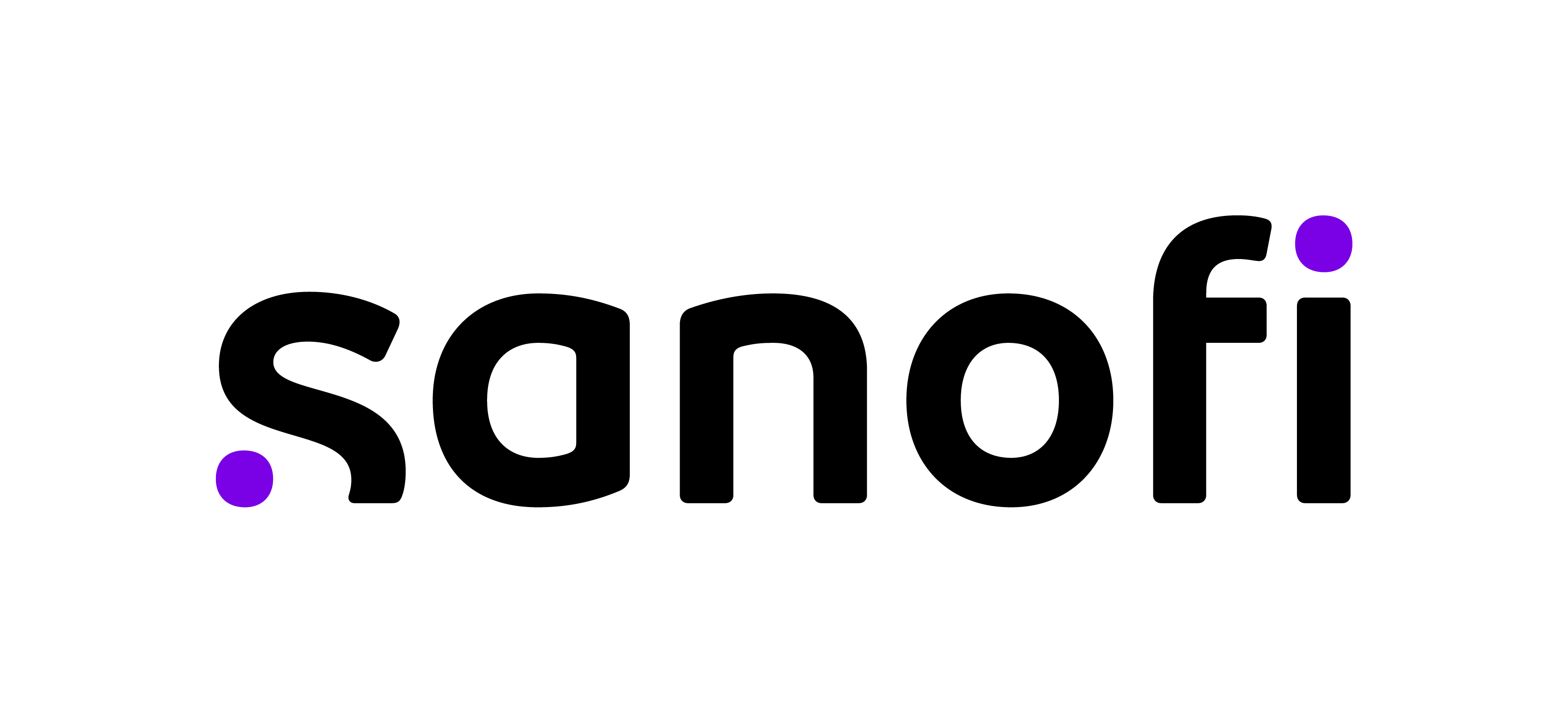The procurement process is a vital function for any organization that wants to optimize its spending, reduce risks, manage suppliers, automate processes, and ensure compliance. However, the traditional procurement process can be slow, complex, and inefficient, especially when it relies on manual tasks, paper-based documents, and legacy procurement software. To overcome these challenges, many organizations are looking for ways to digitize and automate key features of their procurement process and their procurement systems to provide a better user experience for their employees, suppliers, and customers.
Building a procurement app with low-code solutions
One way to achieve this is by building a procurement application with low-code technology. Low code is a software development approach that enables both professional and citizen developers to create applications with minimal manual coding. Unlike in a traditional coding environment, low-code developers use a model-driven, visual language with a drag-and-drop graphical interface.
Low-code technology has many benefits for building the best procurement software, such as:
- Faster delivery of procurement software: Low-code platforms, such as Microsoft Power Platform, allow developers to build procurement management software faster by using pre-built components, templates, connectors, and logic. This reduces the time and effort needed for procurement software development and enables faster deployment and iteration of new purchasing software.
- Higher productivity of procurement software development: Low-code platforms enable developers to focus on business logic and user experience, rather than the technical details and infrastructure. This increases their productivity and efficiency and allows them to deliver more value to the business.
- Greater accessibility of procurement software development: Low-code platforms democratize app development by making it more accessible to users without technical expertise, such as business analysts and project managers. These users can build or modify applications using low-code tools, without relying on IT resources or specialized skills.
- Better collaboration: Low-code platforms foster better collaboration between IT and business teams by providing a common visual language and built-in tools for feedback, revision tracking, user stories, messaging, and more. This improves communication, alignment, and decision-making across the organization.
- Scalable procurement software solutions: Low-code platforms provide flexibility and support for continuous delivery and improvement. Developers can deploy a new procurement app or augment existing procurement software quickly as customer demands and business needs change. Low-code platforms also provide scalability on demand by leveraging cloud-native architecture.
Building the best procurement software with low-code technology can help organizations streamline their procurement processes, reduce costs, increase transparency, and enhance user satisfaction. Low-code technology in procurement software applications can also enable organizations to innovate faster and adapt to changing market conditions and customer expectations. Let us take a look at three scenarios where low-code technology can be used to create procurement management software.
Using a low-code platform to create the best procurement software for project transfer and business process support
“Enterprise Procurement” was a department of a large organization responsible for managing procurement processes, purchasing materials, and executing projects for clients. Recognizing the need for streamlining procurement processes and more efficient project management, the organization and procurement team decided to adopt cutting-edge technology in the form of a low-code platform.
The driving force behind this initiative was to seamlessly transition projects from the procurement department to the Project Management Office, while upholding vital procedures and supporting various business processes integral to project management and financial operations.
The comprehensive solution encompassed multiple facets, each contributing to the overall efficiency and effectiveness of the project transfer process. The project transfer procedures were defined as involving a collaborative analysis of existing processes, leading to the establishment of clear transfer rules, requirements, and approvals to ensure a seamless transition, and minimizing disruptions to business operations.
- Configuration of workflows was a crucial aspect of this transformation. By designing and implementing workflows tailored to the project transfer process, the organization precisely outlined stages, tasks, and necessary approvals. This structured approach enhanced clarity and accountability.
- Efficient document circulation was a key goal of the initiative. By integrating a document circulation system with the low-code platform, the organization facilitated the smooth exchange and processing of documents between departments. Access and authorization rules further enhanced security and control.
- The introduction of step authorization mechanisms allowed for clear and transparent approvals at each stage. Different user roles and permissions ensured that processes moved forward seamlessly.
- Integration with other departments, such as controlling, accounting, and PMO, ensured that data flowed seamlessly between them.
- A process management module was configured within the low-code platform. Stages and process flow rules were defined in alignment with project requirements.
- Client support functions were created within the low-code platform, facilitating collaboration with clients and supplier management.
- A reporting and analysis module was introduced to enhance decision-making and oversight. This feature generated insightful reports related to projects and platform performance, enabling data-driven decisions to be made.
The benefits for Enterprise Procurement were substantial and far-reaching. Increased efficiency in project transfer processes between departments reduced delays and accelerated project timelines. The automation of step authorizations enhanced decision speed, while improved collaboration and communication enhanced overall project quality. The transparency and control of procurement and accounting systems were heightened, providing a comprehensive view of ongoing projects.
By strategically utilizing the low-code platform’s capabilities, Enterprise Procurement was poised to address pain points and optimize touch points throughout procurement process. The platform’s versatility in workflow automation, document circulation, authorization management, collaboration tools, process management, reporting, spend analysis, spend analytics, and integration was harnessed to drive efficiency, effectiveness, and innovation. This transformative journey positioned Enterprise Procurement as a forward-looking, agile, and competitive entity that was fully equipped to excel in its procurement endeavors.
Leveraged low-code capabilities
These low-code platform capabilities were harnessed strategically to address specific challenges and opportunities:
- Workflow automation: Streamlines the project transfer process, saving time and effort.
- Document circulation: Ensures efficient document approvals, reducing delays.
- Authorization management: Enhances process transparency through clear step approvals.
- Collaboration tools: Facilitates seamless communication, reducing communication gaps.
- Process management: Optimizes procurement processes, enhancing efficiency.
- Reporting and analytics: Provides data insights for better decision-making.
- Integration with other systems: Breaks data silos, automating data transfer.
Two examples of procurement management software: vendor repository and competitive bidding process with cascade model
This last company was a dynamic player in the manufacturing industry that took a strategic leap to enhance its vendor management, supply chain, and procurement process. Faced with the need for efficiency and supply chain transparency, the company chose to implement a vendor repository and a procurement workflow grounded in the cascade model. This model, backed by a framework agreement, allows the company to tap into a pool of pre-qualified vendors. With clear business objectives in mind, the transformation unfolded on two fronts.
Vendor repository
The company aimed to build a comprehensive database of potential vendors, evaluating, and qualifying them to place purchase orders based on predefined criteria. This streamlined approach not only simplified vendor onboarding but also empowered procurement teams with complete visibility and updated information for swift decision-making. The result was enhanced collaboration between procurement departments and a reduction in administrative hassles.
The implementation was a collaborative effort involving IT consultants and procurement specialists. A centralized repository was developed to house vital vendor data, from company details to past performance. This data fueled a rigorous qualification process, ensuring only the best vendors made the cut. Integration with the company’s ERP system ensured data consistency, while role-based access controls safeguarded information.
The results were profound and far-reaching, as efficiency ruled the day. Vendor qualification became precise, slashing onboarding times and fostering better supplier relationships. Collaboration was enhanced, and data management became a breeze.
Competitive bidding in procurement processes
The implementation of a standardized procurement system, payment processes, and purchase order workflow based on the cascade model ushered in a new era of efficiency. The company could issue orders seamlessly within the framework agreement. When specific orders required it, a competitive bidding process was initiated, ensuring fairness and optimizing the procurement timeline.
The procurement workflow aligned seamlessly with the cascade model, following regulations to the letter. Procurement teams enjoyed a user-friendly interface to initiate purchase orders, with automated checks against the framework agreement. Competitive bidding for purchase orders was a breeze, with qualified vendors invited to submit bids. Clear evaluation criteria and automated contract creation streamlined the entire purchasing process. The cascade model worked wonders, saving time and promoting fairness. Competitive bidding brought transparency, accountability, and faster outcomes.
In conclusion, the company’s embrace of the vendor repository and competitive bidding in procurement processes fortified its procurement prowess. The cascade model breathed life into the company purchases and procurement workflow, ensuring efficiency and fairness. The vendor repository nurtured stronger supplier relationships and vendor ties, accelerated decision-making, and paved the way for substantial cost savings. In an industry marked by competition, the company emerged even stronger, armed with streamlined purchasing processes and empowered procurement capabilities.
Streamlining procurement process at a global procurement company
An international organization specializing in global procurement solutions and services across various industries faced challenges brought on by outdated procedures, the need for agile adaptation, and a requirement to harmonize its operations with ISO 20400, a comprehensive framework for sustainable procurement systems. In response, the organization harnessed a low-code platform to streamline sustainable procurement practices and foster a culture of responsible business conduct.
Challenges and solutions
- Outdated procedures: Accumulated antiquated procurement methods hindered the seamless infusion of sustainable practices. Solution: Leveraging the user-friendly environment offered by a low-code development platform, the organization revolutionized procurement forms, aligning them seamlessly with the core tenets of ISO 20400. This dynamic form of customization simplified data collection, augmented transparency, and promoted stakeholder engagement.
- Agile adaptation: The ever-shifting landscape of sustainability requirements necessitated an agile approach to procurement, a task complicated by rigid traditional systems. Solution: Empowered by a low-code development platform, the organization swiftly adapted to changing sustainability demands by configuring agile workflows. This empowered it to remain responsive to market dynamics and evolving stakeholder expectations.
- ISO compliance challenges: Aligning internal procedures with the intricate guidelines of ISO 20400 proved to be a labor-intensive and intricate process. Solution: The low-code platform’s flexible architecture enabled the seamless integration of ISO 20400 principles into procurement operations. The platform’s adaptability facilitated the assimilation of ISO 20400’s core subjects into the workflow, ensuring robust compliance.
- Lack of visibility and control: The absence of real-time insights hindered oversight and decision-making. Solution: The real-time analytics and reporting capabilities available through a low-code platform facilitated transparency in procurement operations. This feature enabled the identification of bottlenecks, the discovery of optimization opportunities, and the continuous enhancement of procurement processes.
Achieved transformations
- Efficient ISO compliance: By using low-code technology, the organization streamlined the often intricate and resource-intensive process of ISO 20400 alignment, ensuring adherence to sustainable principles in an efficient and seamless manner.
- Enhanced agility: The combination of dynamic form customization and agile workflow configuration empowered the organization to adapt swiftly to evolving sustainability requirements, enhancing its overall responsiveness and flexibility in a rapidly changing market.
- Transparent reporting and insights: analytics capabilities provided real-time insights into sustainability metrics. This transparency enabled the organization to identify bottlenecks, optimize processes, and make informed decisions.
- Cost savings and stakeholder relations: The elimination of redundant steps and the enhancement of efficiency through the use of a low-code development platform led to substantial cost savings. Additionally, the organization’s commitment to the principles of ISO 20400 bolstered stakeholder confidence, thereby enhancing relationships with clients, suppliers, and investors.
Pain points addressed
Low-code development effectively tackled critical pain points and closely aligned with ISO 20400 standards:
- Outdated procedures: A low-code app allows for easy updates and modifications, ensuring up-to-date processes.
- Changing procedures: The flexibility of a low-code app enables swift adjustments without disrupting operations.
- Quick onboarding: A user-friendly interface reduces onboarding time for new procurement officers.
- ISO compliance: A low-code app aligns procedures with ISO standards, maintaining compliance.
- Visibility and control: Real-time tracking and reporting enhance oversight and decision-making.
- Automation of tasks: Automation reduces manual work, streamlining the procurement cycle.
- Vendor management: The low-code app simplifies vendor management and supports fair vendor selection.
Conclusion
By embracing the capabilities of low-code development platforms, the organization achieved more than just streamlined sustainable procurement and ISO 20400 compliance. The implementation ushered in a culture of sustainability and responsibility, resulting in agility, cost savings, enhanced stakeholder relations, and a robust commitment to ethical business practices. In an era of evolving sustainability norms, this represented a significant stride toward sustainable excellence.
Low-code procurement software—summary
In this blog post, we have explored three potential scenarios of how procurement software based on low-code technology can best transform the procurement process. We have seen how low-code platforms can streamline procurement processes, enhance vendor management, and enable competitive bidding. Other uses of low-code solutions for procurement software may include:
- supplier management software,
- a supplier collaboration and supplier relationship management solution,
- contract management software,
- supply chain operations,
- submitting purchase requisitions or purchase orders,
- purchase order management,
- purchase order approval workflows,
- purchase order management software,
- inventory management software,
- spend analysis and spend management,
- procurement automation,
- a risk management solution,
- accounting software.
Each case study demonstrates the benefits of low-code solutions for top procurement software in terms of efficiency, transparency, agility, and cost savings. Low-code technology is not only a tool for creating applications, such as procurement software, but also a strategic asset for optimizing the procurement management system and achieving business goals.














